Boxiang Dong
Wendy
Interpretable Distance Metric Learning for Handwritten Chinese Character Recognition
Mar 17, 2021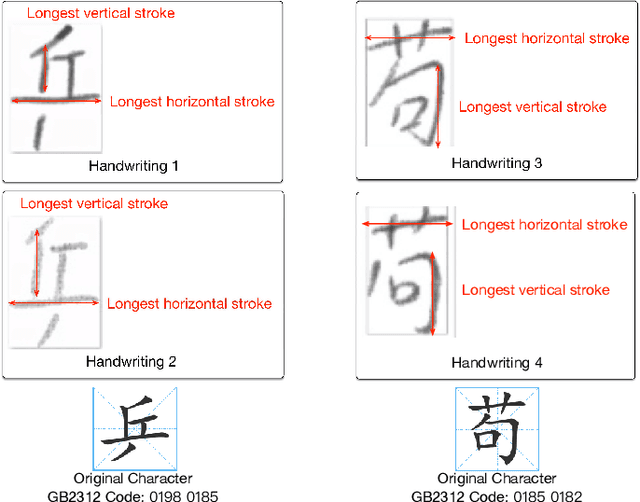
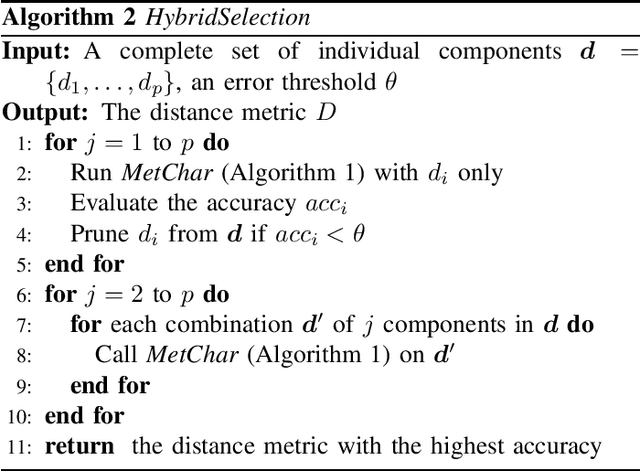
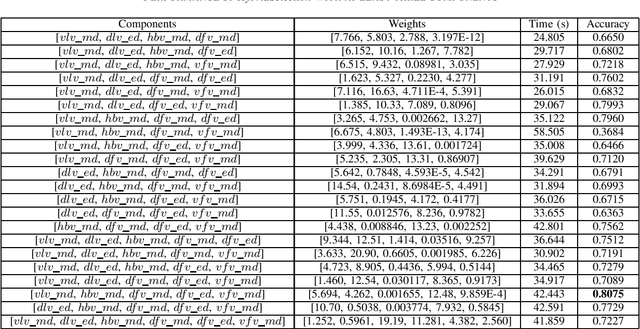

Abstract:Handwriting recognition is of crucial importance to both Human Computer Interaction (HCI) and paperwork digitization. In the general field of Optical Character Recognition (OCR), handwritten Chinese character recognition faces tremendous challenges due to the enormously large character sets and the amazing diversity of writing styles. Learning an appropriate distance metric to measure the difference between data inputs is the foundation of accurate handwritten character recognition. Existing distance metric learning approaches either produce unacceptable error rates, or provide little interpretability in the results. In this paper, we propose an interpretable distance metric learning approach for handwritten Chinese character recognition. The learned metric is a linear combination of intelligible base metrics, and thus provides meaningful insights to ordinary users. Our experimental results on a benchmark dataset demonstrate the superior efficiency, accuracy and interpretability of our proposed approach.
Cyber Intrusion Detection by Using Deep Neural Networks with Attack-sharing Loss
Mar 17, 2021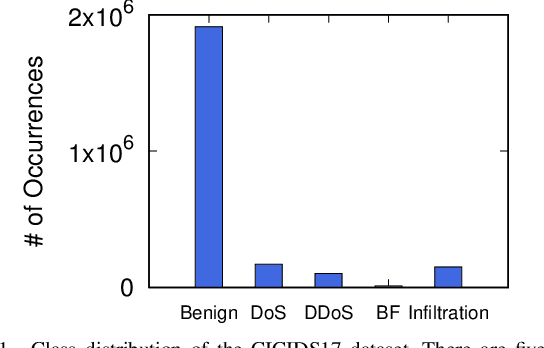
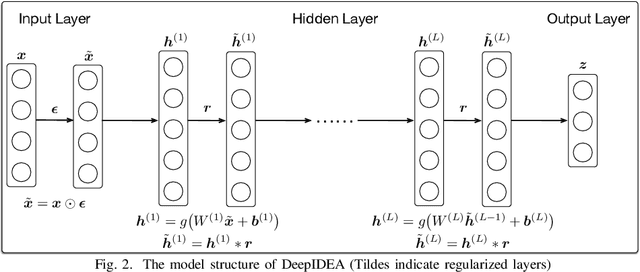
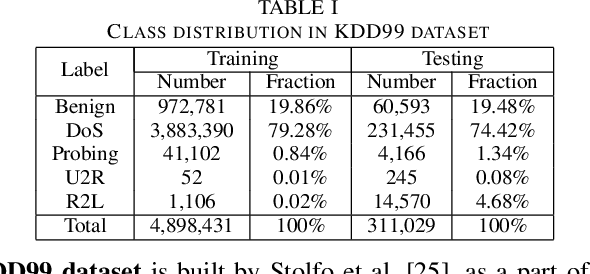
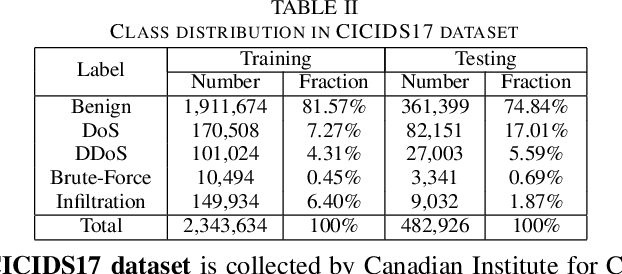
Abstract:Cyber attacks pose crucial threats to computer system security, and put digital treasuries at excessive risks. This leads to an urgent call for an effective intrusion detection system that can identify the intrusion attacks with high accuracy. It is challenging to classify the intrusion events due to the wide variety of attacks. Furthermore, in a normal network environment, a majority of the connections are initiated by benign behaviors. The class imbalance issue in intrusion detection forces the classifier to be biased toward the majority/benign class, thus leave many attack incidents undetected. Spurred by the success of deep neural networks in computer vision and natural language processing, in this paper, we design a new system named DeepIDEA that takes full advantage of deep learning to enable intrusion detection and classification. To achieve high detection accuracy on imbalanced data, we design a novel attack-sharing loss function that can effectively move the decision boundary towards the attack classes and eliminates the bias towards the majority/benign class. By using this loss function, DeepIDEA respects the fact that the intrusion mis-classification should receive higher penalty than the attack mis-classification. Extensive experimental results on three benchmark datasets demonstrate the high detection accuracy of DeepIDEA. In particular, compared with eight state-of-the-art approaches, DeepIDEA always provides the best class-balanced accuracy.
 Add to Chrome
Add to Chrome Add to Firefox
Add to Firefox Add to Edge
Add to Edge